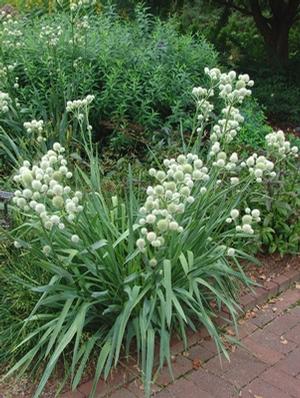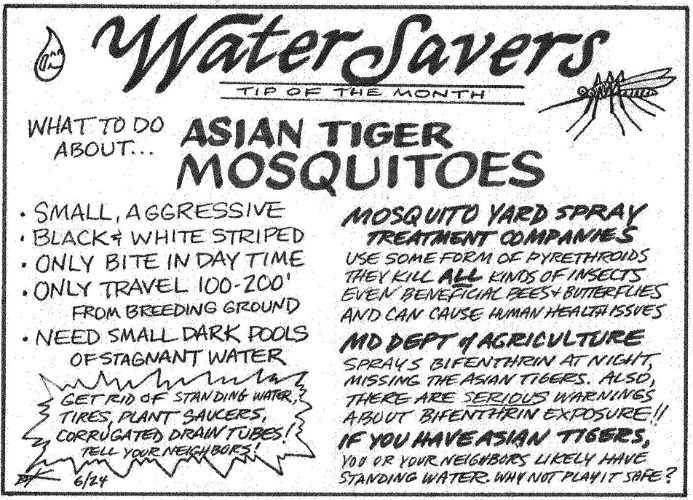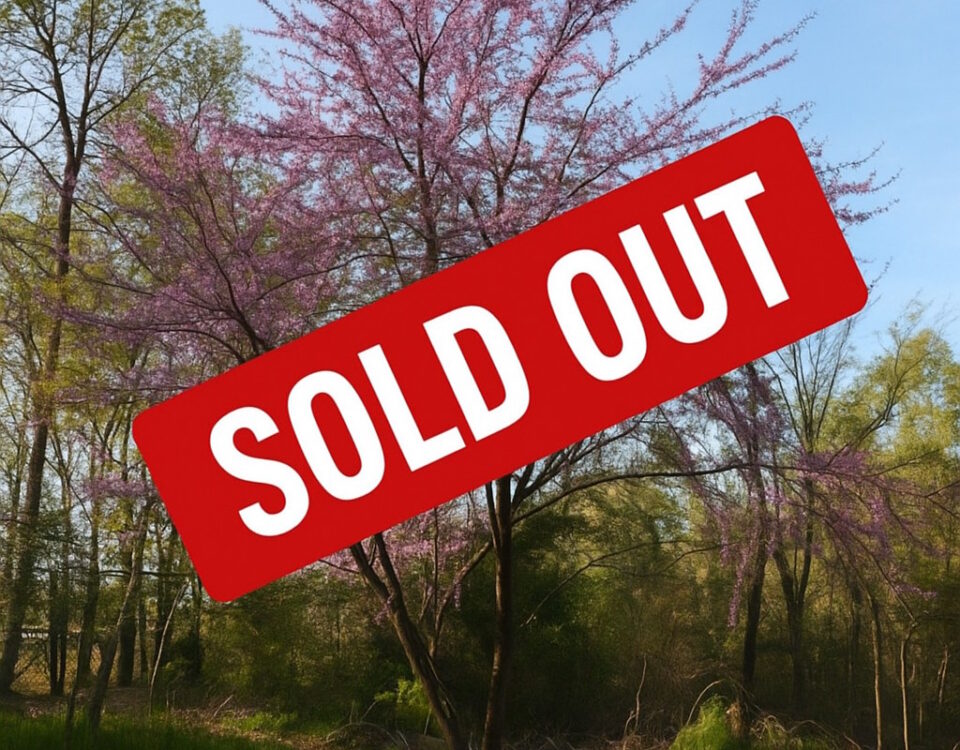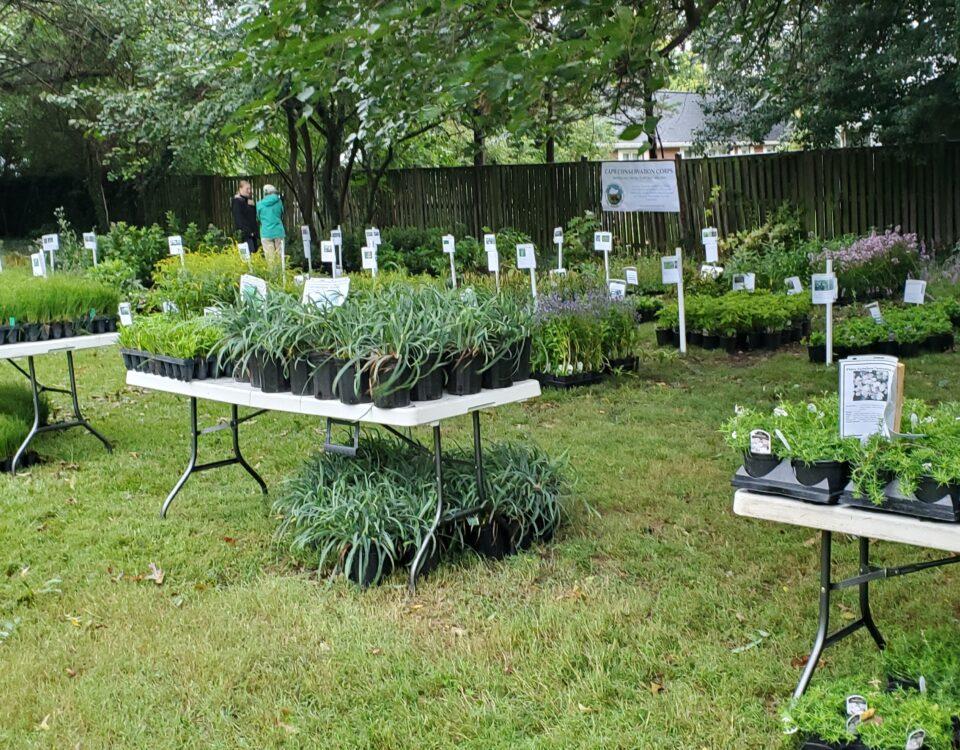
2020 Wrap Up—Keeping Busy
October 13, 2020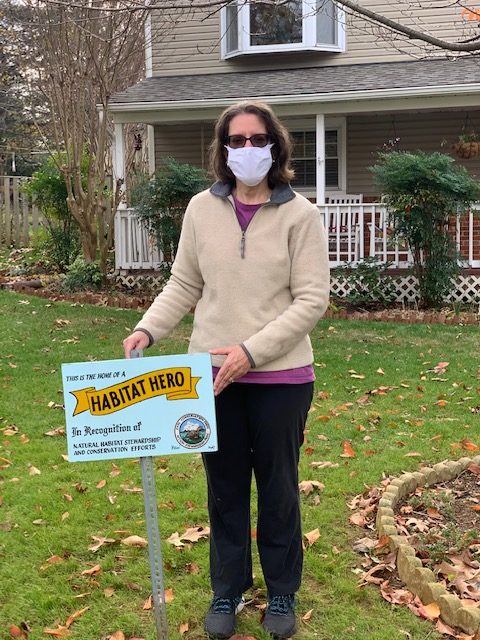
Habitat Hero – December 2020
December 20, 2020By: Stacey Wildberger
Let’s talk about some native alternatives to non-native, even invasive, common plants found in our landscapes. First, what are the definitions of native, non-native and invasive?
- A native plant is one that has formed symbiotic relationships with native wildlife over thousands of years, and therefore offer the most sustainable habitat. A plant is considered native if it has occurred naturally in a particular region, ecosystem, or habitat without human introduction. (National Wildlife Federation).
- Non-native or exotic plants are ones that evolved in other parts of the world, or were cultivated by humans into forms that don’t exist in nature, do not support wildlife as well as native plants. Occasionally, they can even escape into the wild and become invasive exotics that destroy natural habitat. (NWF)
- An invasive plant is a plant that is not native to the ecosystem, which can cause economic and environmental harm to the ecosystem by out competing the native plants.
Most typical landscape companies are going to use a variety of over-used, non-native plants in their installations because they are widely found and often times cheaper than a native alternatives. Typical foundation plantings will include non-native holly species from Japan, China or Europe, nandina, barberry, liriope and some hostas. None of these plants offer any wildlife value: they are devoid of life and disrupt native food webs. You can make a difference to the ecosystem with a few simple swaps, either removing a non-native or invasive plant you already have with a native, or choosing native alternatives when you are adding to your landscapes.
Hedera helix English ivy has long been used to create the look of a classic English garden but we now know it climbs our trees, killing them. If you are looking for a groundcover that will be beautiful and provide wildlife benefits there are several groundcovers that you should consider. Chrysogonum virginianum green and gold is semi-evergreen that will delight in the early spring with its cheerful daisy like yellow bloom. Asarum canadense wild ginger’s heart shaped foliage has a velvety texture that will add interest as groundcover, with a small, dark red to brownish flower that develops in between the two leaves.
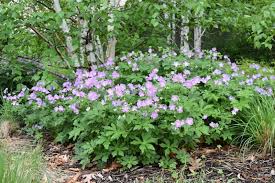
Hostas are quite popular for many local gardeners because they are low maintence but they offer no value to the natural world around them. This is another one that Asarum canadense wild ginger could be used instead. You could also use Geranium maculatum wild geranium for a pop of color. This will spread quickly and form a beautiful groundcover. Also check out Polygonatum biflorum Solomon’s seal in place of hostas.
Day lilies or ditch lilies will take over and choke out native plants that are supporting our ecosystem. There is a very interesting alternative that is very under used but will offer great structure and interest to your- Eryngium yuccifolium rattlesnake master. They mid-summer blossom is highly attractive to adult insects. If you are looking for an orange alternative use Asclepias tuberosa butterfly milkweed. Not only do you get the orange color but you are providing larval host plant for Monarch butterflies.
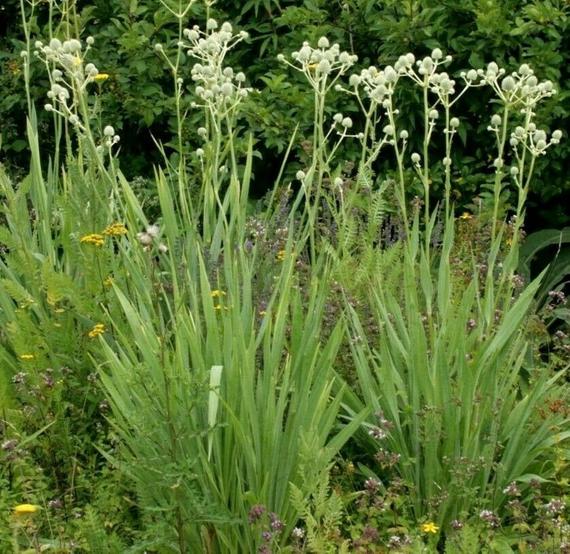
There is another underused plant, a shrub that is an ideal alternative to Spiraea japonica spiraea – Ceanothus americanus New Jersey tea with its similar shape you won’t notice the difference but the wildlife that benefits from you choosing a native will! Itea virginica sweetspire would also work well in place if spirea.
To replace the overdone liriope there are many beautiful species of Carex. I recommend Carex blanda woodland sedge or bright green ornamental Carex plantaginea seersucker edge for a beautiful alternative with wildlife value.
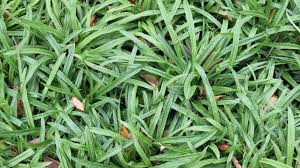
Instead of using chrysanthemums in your fall garden, plant any number of our native Asters, they provide fall color in an array of pinks to deep purple and offer a nectar source for migrating butterflies. Paired with the dazzling yellow Solidago sp. You will have a fall combination that is beautiful to behold and beneficial to insects.
People will argue with me that butterfly bush is not invasive and it attracts so many butterflies but this a highly invasive plant that offers nothing but a high sugar nectar—the equivalent to us eating a candy bar. And not one species of Lepidoptera will use it as a host plant. There are several beautiful natives that will attract your butterflies just as well. The one that comes to mind first is Eutrochium sp. Joe Pye Weed. The E. maculatum species will reach heights of 6-8’ and be covered in swallowtails, monarchs, buckeyes and many more! Use Asclepias syriaca common milkweed as another alternative, not only is it an important nectar source but it is a larval host plant for monarchs. If you want a shrub to replace it with go with Clethra alnifolia summersweet, this sun to shade lover will bring in many different pollinators.
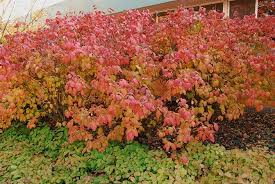
I have saved the “best” for last. Please, please consider getting rid of Nandina domestica nandina and Berberis barberry. These two are highly invasive, even if you don’t see it spreading in your yard trust me the birds are carrying those seeds in their bellies and spreading them far and wide into the natural areas where they will wreak havoc on the natural landscapes. They form dense stands that will outcompete all natives. The barberry stands become a haven for ticks! The nandina berries are toxic to birds and have been known to kill cedar waxwings. These two shrubs are revered for their gorgeous fall colors so let’s look at some shrubs that will offer you the colors you want and add value to the surrounding wildlife and enhance the ecosystem. The list for alternatives is lengthy and I’ll share just a few. I advise looking up the conditions these native alternatives prefer and match them to your site. If you are looking to capture that amazing fall color of burning bush use Physocarpus opulifolius ninebark, Vaccinium corymbosum northern blueberry, Itea virginica sweetspire, Hydrangea quercifolia oakleaf hydrangea and Viburnum dentatum for a beautiful autumn red display. If it is the red berries of the nandina that captivate you consider using Ilex verticillata winterberry, Aronia arbutifolia red chokeberry and I would highly recommend using Ilex glabra inkberry for its deep ink colored berries, and it is evergreen!
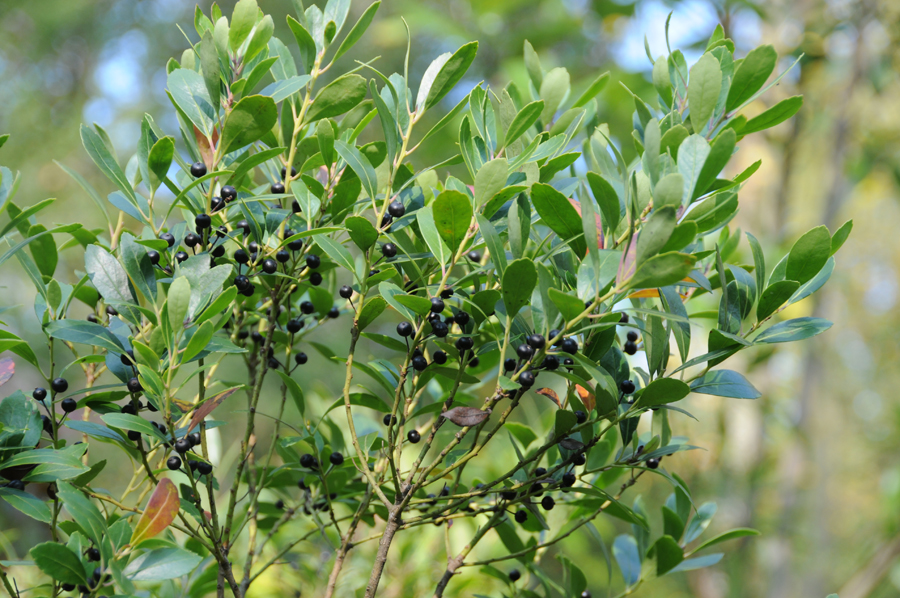
We need to reach deeper into our imaginations to find alternatives to the use in our landscapes that should be more about providing for wildlife, giving back our landscapes for the greater good of Mother Nature. Re-think what pretty means and stop making our gardens “an expression of personal style” that imparts human supremacy over wildlife. (Benjamin Vogt)


